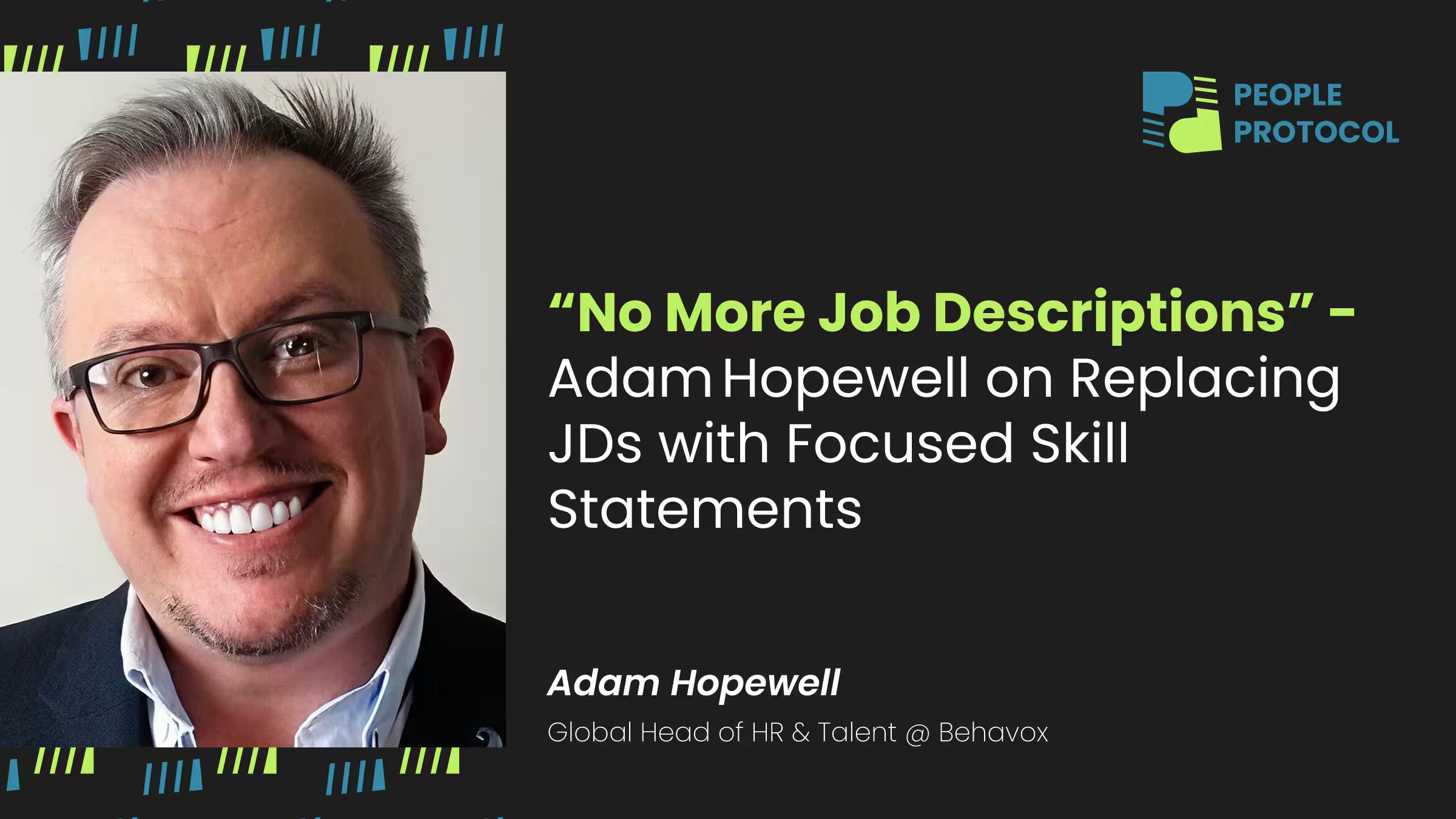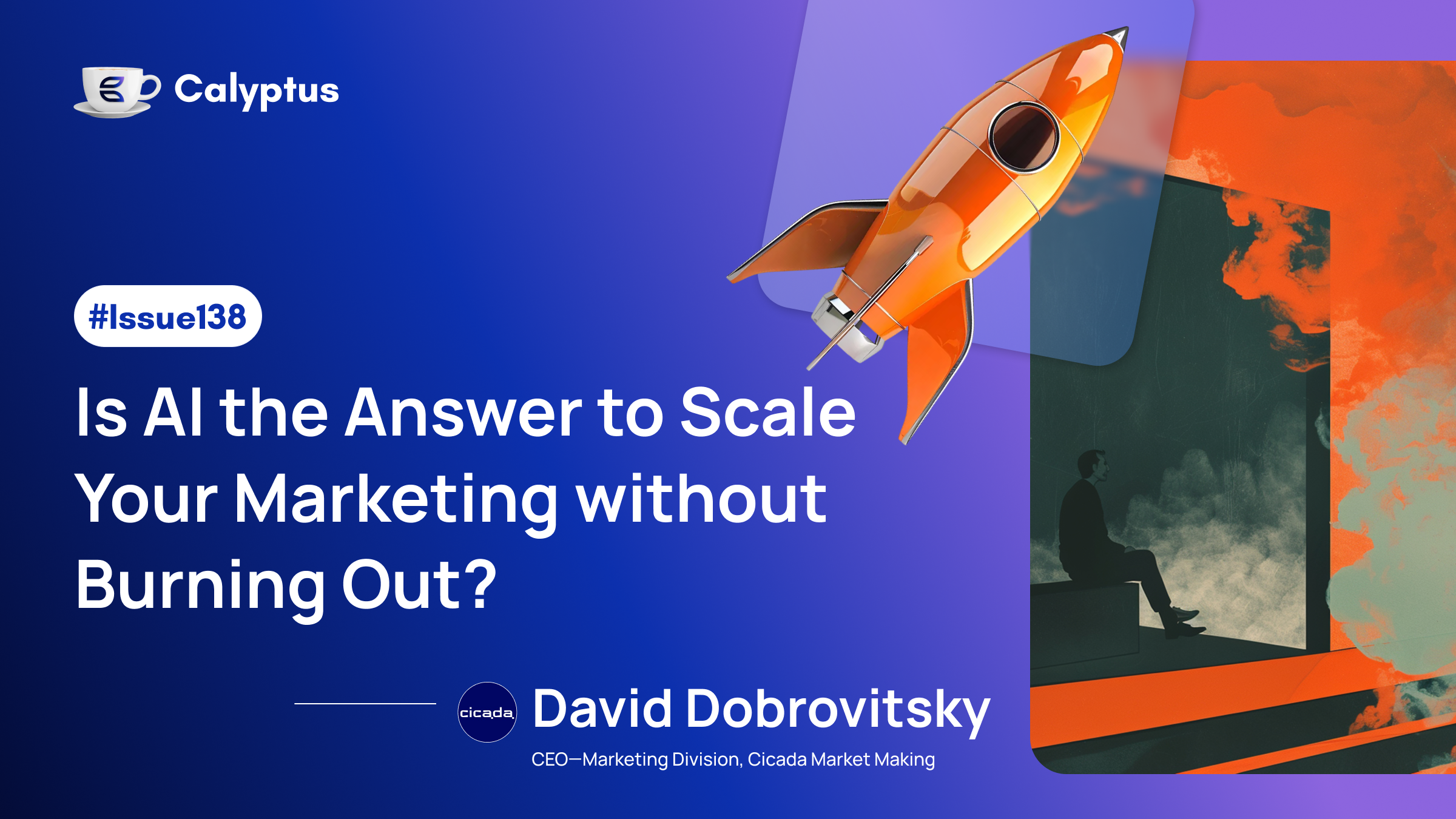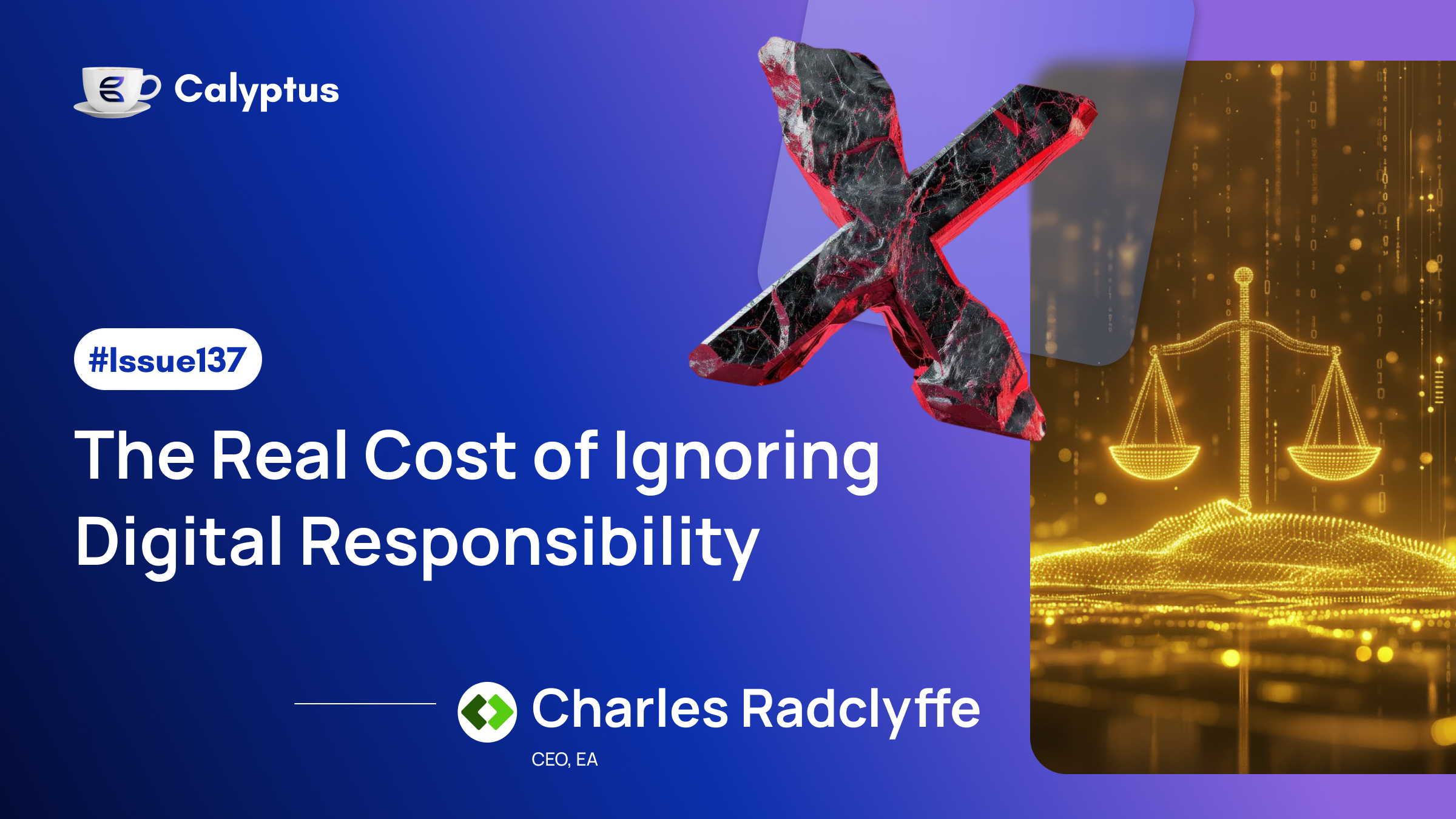Adam G Hopewell, MBA, SPHR™, GTML™ has spent the last four years as Global Head of HR & Talent at Behavox, an applied‑AI business that doubled its headcount and quadrupled ARR in the same window. Faced with hiring spikes of 50+ overnight, Adam built an elastic talent‑acquisition engine that predicts high‑performer “true positives”, scraps traditional job descriptions in favour of five laser‑focused skill statements, and treats HR analytics as both numbers and narrative. In this edition of People Protocol, he shares why capacity forecasting is his biggest balancing act, how pruning textual data can shift investment decisions, and the three thought‑leaders who still shape his playbook
Behavox has doubled its headcount and quadrupled ARR over the past four years. What’s been your biggest challenge in scaling the people function to match that growth?
Predictability of TA team capacity needed. From my very first meeting with him, the CEO of Behavox was very clear on his need for us to be investing only in extremely high-performance Talent and that:
1. He needed me to architect a TA system that used reliable and valid data to accurately predict high-performer "true positives", and
2. Behavox TA team members were the only ones who could (and should) be trusted to interact directly with any potential hires.
Combining those with the lack of reliability in workforce planning typical in rapidly scaling tech companies (especially those leading in Applied AI between 2020 and 2025!) meant we could, overnight, see 50+ reqs need to come live. With TA team capacity demand peaking at 12 and troughing at 2, having the ‘just right’ level of TA capacity trained up and ready to req, but not having great TA partners underutilized, and thus dragging down our Talent Team Return On Investment, was one of my biggest operational challenges and balancing acts whilst scaling.
You mention using analytics to design people strategies. Can you give an example where data truly changed the trajectory of a people-related investment?
Many people think only numbers when we talk about analytics and data, which to me is a limiting mental model. I personally love working with large numeric data sets unearth strategic insights and improve business decision-making, but my favourite examples of using data to change trajectory in people investment probably come from pruning, structuring, and making textual data content more aligned to impact.
Simple example: Job Descriptions - which I believe are entirely inappropriate to have the prominence they still do in so many talent acquisition processes. We didn’t use them at Behavox at all, actually.
Far more powerful and applicable data can be found using prioritised (in our case, only five allowed), comparatively weighted (a multiplier for each but all must average 1), carefully considered, peer and manager reviewed Structured Skills Statements (Technical Competencies).
To create those deep thought is put into the identification of “doing what, using what, to achieve what” statements that have established (or reasonably predicted) validity in the specific work situation to actually move the needle, to result in tangible business achievements, and to create actual 10x performance. Having a system for all hiring managers across a company to not only create these, but create them with a deep dedication to their quality based on an understanding of their value and impact (they were a critical part of the entire Talent Management system), was one of the data foundations that most changed our human capital investment trajectory.
What’s the one piece of advice you’d give to a new HR leader stepping into an AI-focused or fast-scaling tech company for the first time?
To ask for more than just one piece of advice 🤓. I love to work in threes, so let’s just do 3.
1. I’m a big fan of the work of Stephen Covey and his advice, “Seek first to understand, then be understood,” is a mantra I have running through my head every time I step into a new organization of any kind. Your greatest value will come from applying your capabilities to needs that are specific to that business. So you need to get your head around how the business creates value for its customers, the data that is used to describe how it does that, and the critical roles/incumbents that most power that.
2. I’m also a big fan of the work of Verne Harnish, and his analysis of the forces that come into play during rapid scaling can be a guiding light. Knowing where the next likely ‘growing pain’ will be can help an organisation move from reactive to proactive, which is a footing far more conducive to sustained high performance and thus supports steady improvements in Talent Density that compound over time.
3. Finally, I’m a big fan of Alvin Toffler and I can’t count the number of times in boardrooms, all-hands meetings, or mentoring 1:1s, I’ve come back to the most critical single corporate competency for a sustainably successful business being its ability to rapidly learn, unlearn, and relearn. I think this is true, and increasingly true, for all companies, but from my experience over the last 5 years leading in and building out a very special and successful Applied AI company, that is where it is most true.




